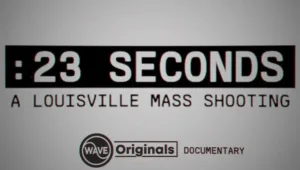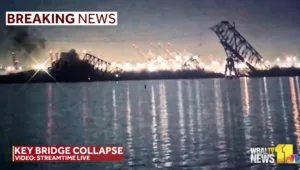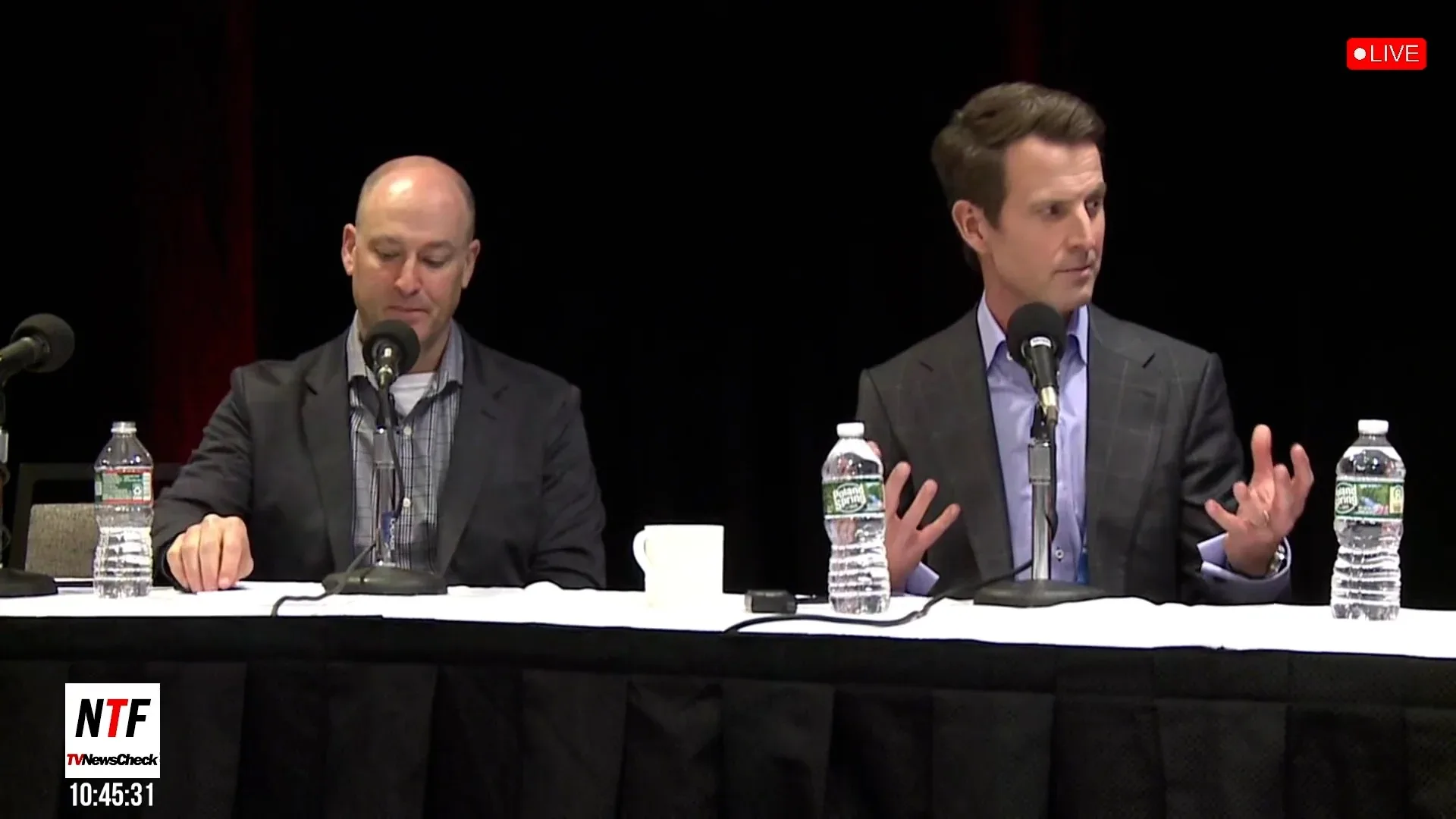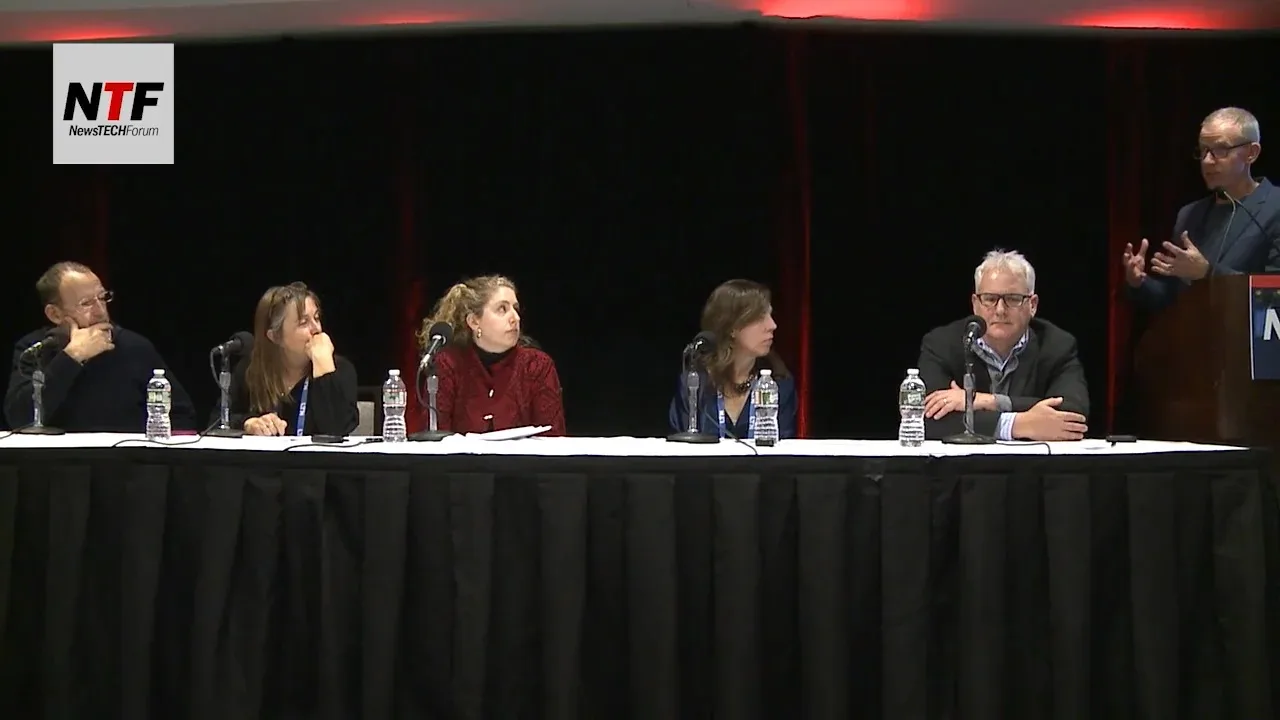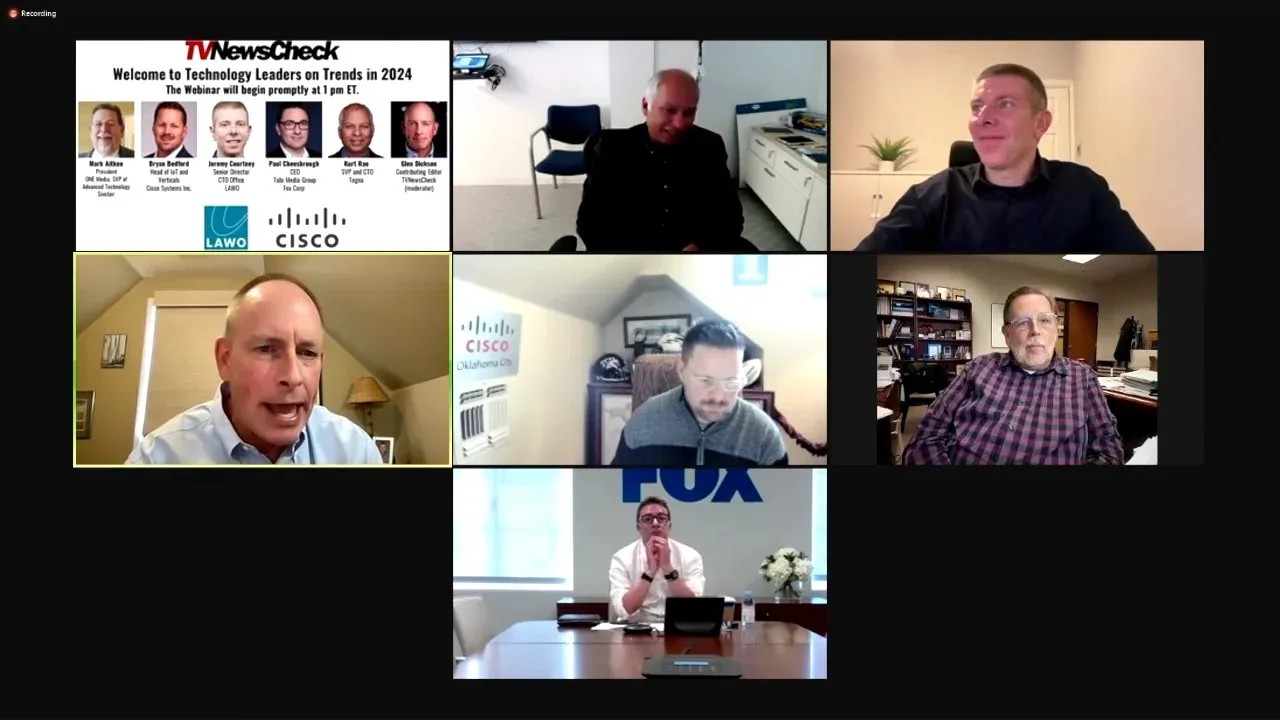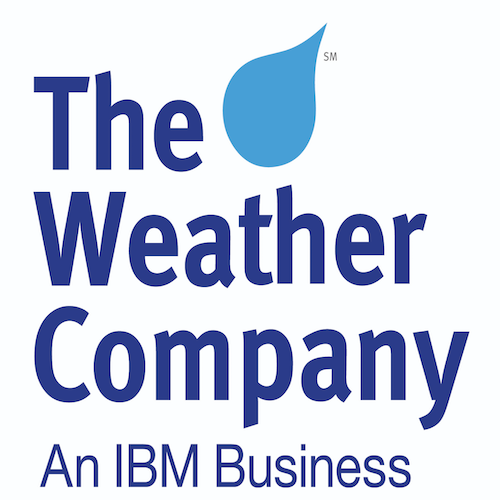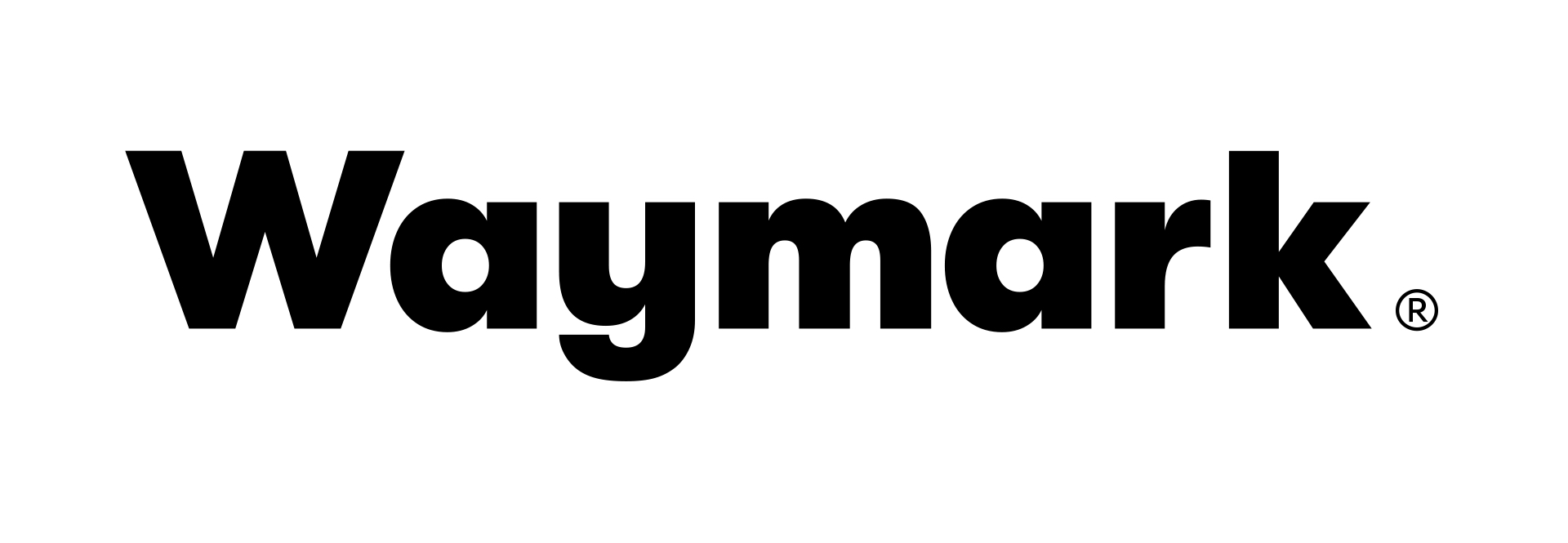Riding The Cloud At KTDO

NBCUniversal Local’s Telemundo outlet in El Paso is the latest to move to the public cloud for newscast production.
Hitomi Broadcast, a provider of audio/video alignment and latency management tools, will attend IBC, Sept. 15-18, Amsterdam (stand 10.A42). The team will be on-hand to demonstrate its workflow solutions to […]
Viaccess-Orca (VO), a provider of data-driven, end-to-end solutions for the delivery, security, and monetization of advanced TV and video content services, and Broadpeak, a provider of content delivery network and […]
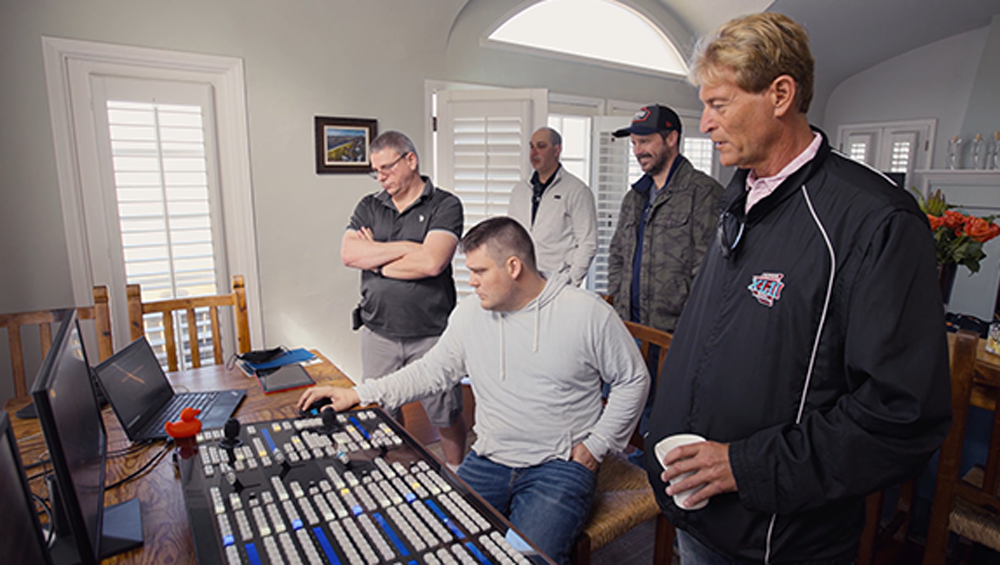
Sinclair’s Ernie Ensign says while there are numerous long-term upshots to adopting cloud switching, the group is cautiously taking its time with multiple proofs-of-concept for at least another year. Meanwhile, at least one vendor is pursuing a dramatically different approach to cloud switching. Above, Vizrt hosted a day at a beach house to show local producers how easy live production in the cloud can be.

AI-driven automated captioning for broadcasters continues its upward trajectory of accuracy and speed, while more recently the service is evolving toward hybrid on-prem and cloud models and multi-language translation capabilities. Above, Lexi is the cloud-hosted automatic captioning service from Ai-Media.

Depending on the value of the video content, latency takes on varying degrees of importance.

Executives from ABC News, NBCUniversal Local, ABS-CBN and Avid told a TVNewsCheck webinar last week that they’re not reversing steps to build distributed production environments, regardless of how many people are returning to the office. But the road still has its bumps, such as persistent issues with latency and intercom and confidence monitoring.
NDI, part of the Vizrt Group, has rolled out an all-new version of NDI: NDI|HX 3. Now available to anyone using an NDI|HX 3 enabled device, users can select NDI|HX 3 […]

Viewers watching Super Bowl LVI via a streaming service experienced the action nearly one minute later than those watching via pay TV, according to data from Phenix, a developer of real-time streaming technology. In light of the fact that nearly half of all viewers were expected to watch the game over the internet, the data suggests that the latency was worse than what previous research has shown and the challenge facing streaming services when broadcasting live marquee sporting events that attract larger than normal audiences.
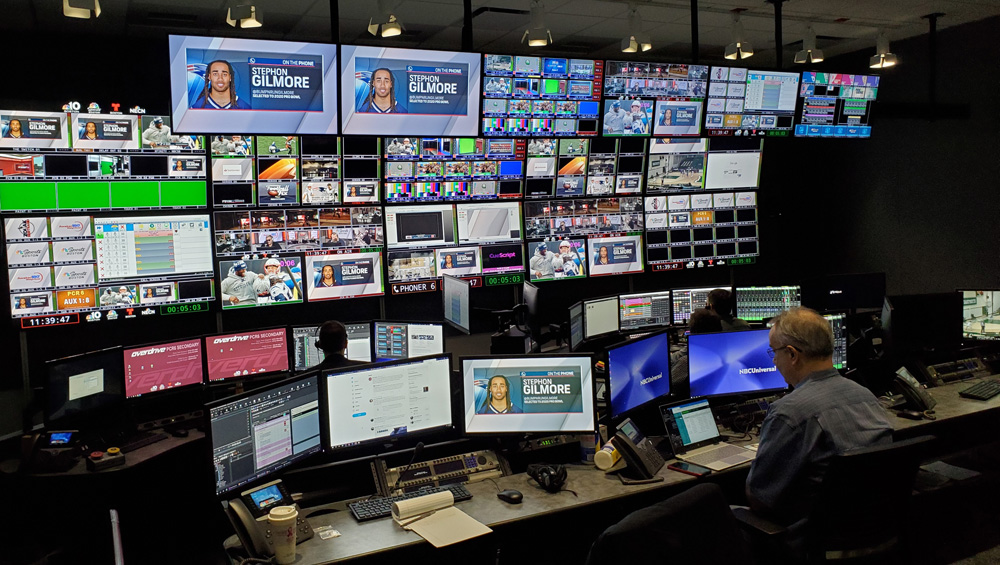
Broadcasters are embracing IP workflows as a “ramp to the cloud” and are still contending with variable costs and concerns over security, latency and interoperability, not to mention the different skills that labor must bring to bear. However, IP workflows can bring benefits like scalability, flexibility and security to broadcasters, such as NBCU Boston (above).
EEG Video, a provider of closed captioning technology, has released its CCMatch delay parameter. With this new feature, users of EEG’s Falcon can now match video and audio with captions so there is […]
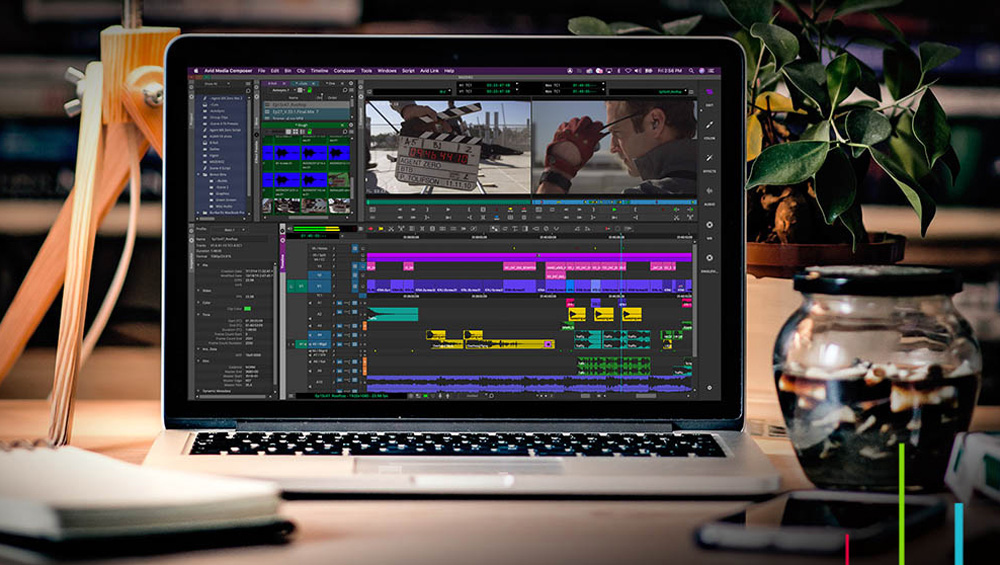
With adoption pushed by the pandemic, cloud editing tools have expanded to cover light-weight, heavy-weight and hybrid workflows as vendors continue to minimize latency problems. Above, Avid’s Edit On Demand provides a fully provisioned and secure virtual editing environment, complete with Media Composer cloud editing and Avid NEXIS cloud storage, that can be deployed and scaled quickly.
NBC’s Game Plan For Tokyo Olympics: Distributed Workflows

David Mazza, SVP and CTO of NBC Sports Group and NBC Olympics, gives an exclusive look at how the network will navigate COVID restrictions while delivering 1080p HDR and 4K coverage for the first time and the pivotal role distributed workflows will play. Note: This story is available to TVNewsCheck Premium members only. If you would like to upgrade your free TVNewsCheck membership to Premium now, you can visit your Member Home Page, available when you log in at the very top right corner of the site or in the Stay Connected Box that appears in the right column of virtually every page on the site. If you don’t see Member Home, you will need to click Log In or Subscribe.
Agama Technologies, a specialist in video service quality and customer experience, has joined the SRT Alliance, the open-source initiative dedicated to overcoming the challenges of low-latency video streaming. Agama joins […]
The SRT Alliance, established by Haivision, a global provider of mission-critical, real-time video streaming and networking solutions, today announced that Sony Imaging Products & Solutions has joined the SRT Alliance. The SRT Alliance is […]

For broadcasters, 5G represents both a potentially helpful new tool and a competitive threat. The reality of either prospect hinges on how quickly and deeply the technology gets rolled out.

Getting return video to talent in the field, particularly those working from at-home studios, has been one of remote production’s biggest challenges. Japan’s Techno Mathematical Co. (TMC) is using low-latency encoding and decoding technology that has become indispensable for the likes of NBC and CBS stations. Above, By using a TMC encoder, WCBS New York is able to keep the end-to-end delay low enough to allow meteorologist Lonnie Quinn to present the weather map remotely from his home Weather Barn.
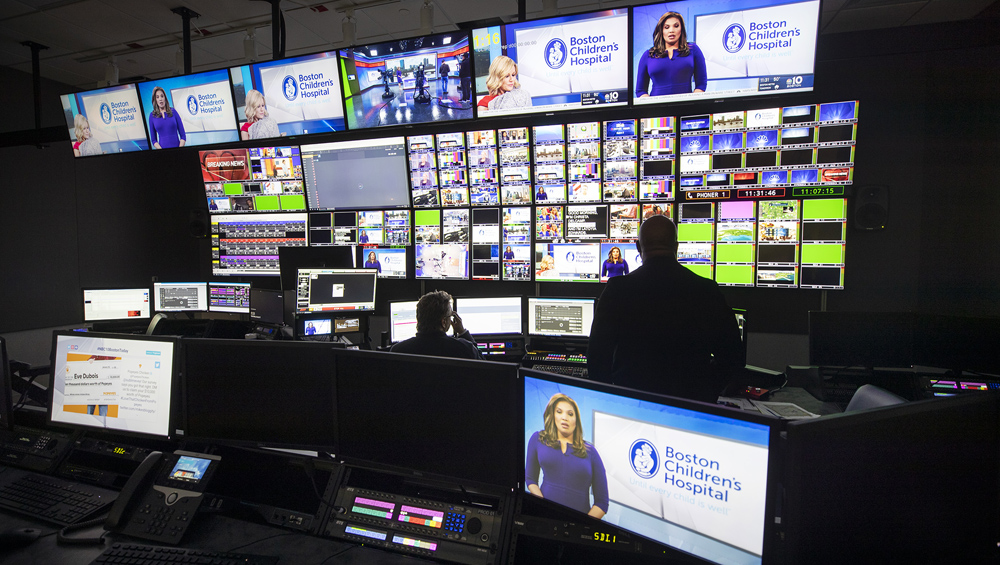
The pandemic created an opportunity to stress-test distributed and virtualized workflows right now that stations and networks were already considering for the future. The industry’s shift may now be ahead of schedule because of it. Above, NBC Universal’s Boston Media Center is one of the latest all-IP broadcast facilities.
Red Bee Media said on the second day of NAB Show 2019, it managed to reach a record low latency on its live OTT feed. The feed was created with […]


